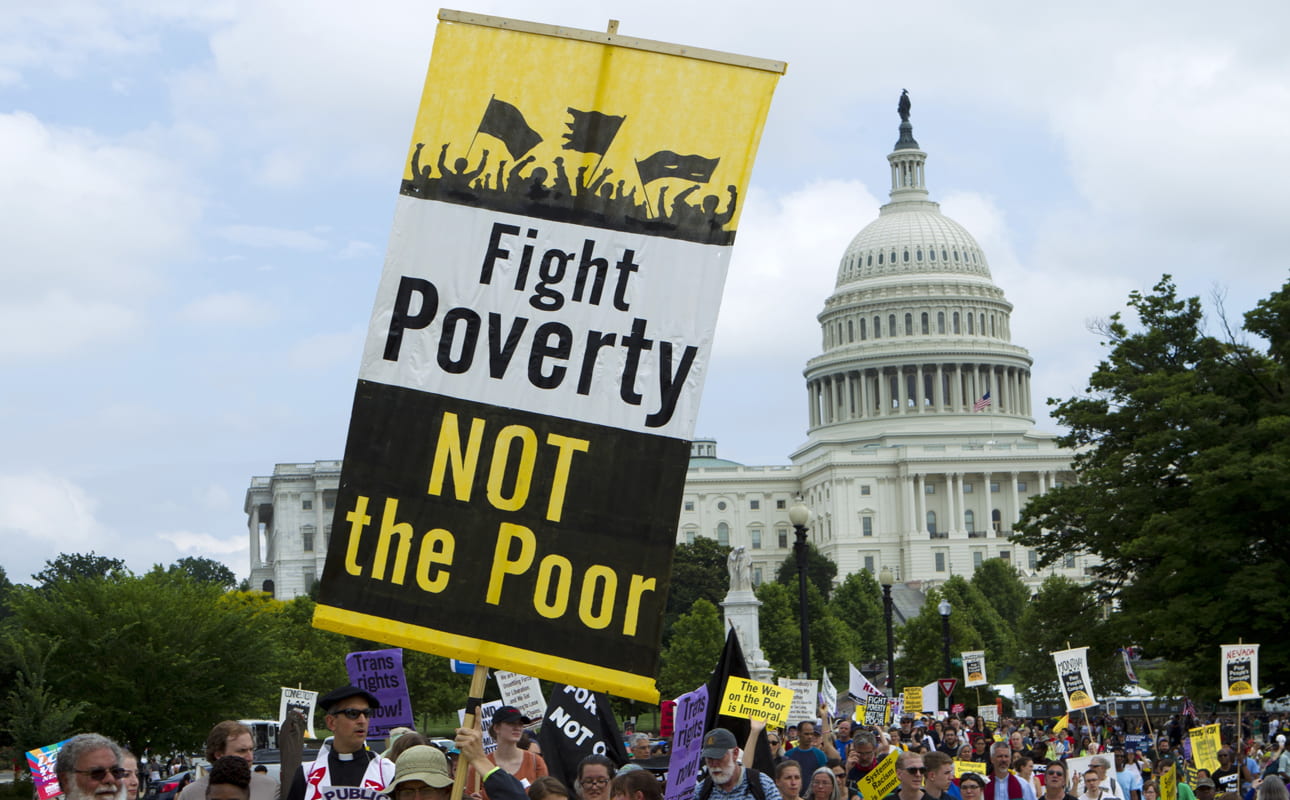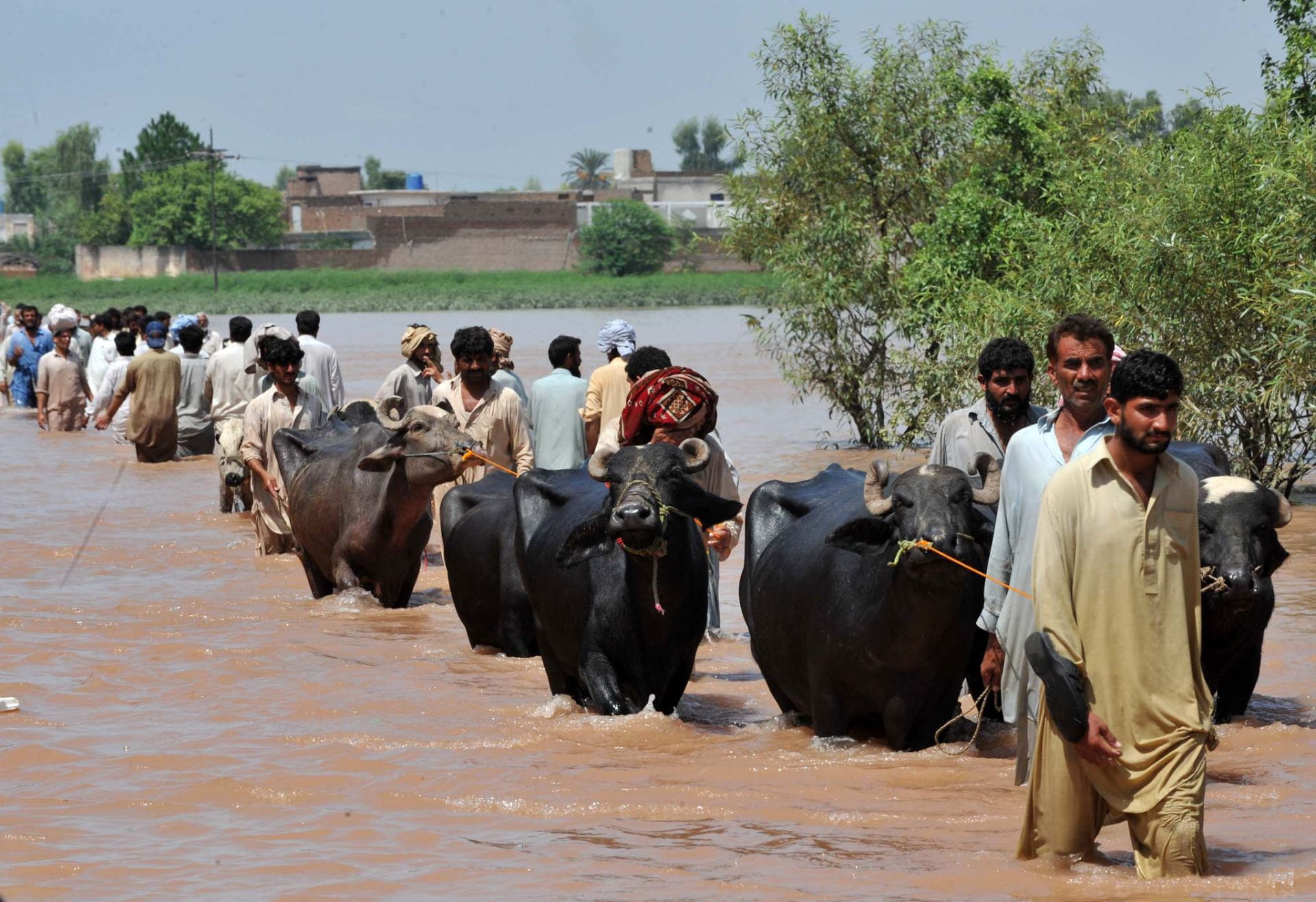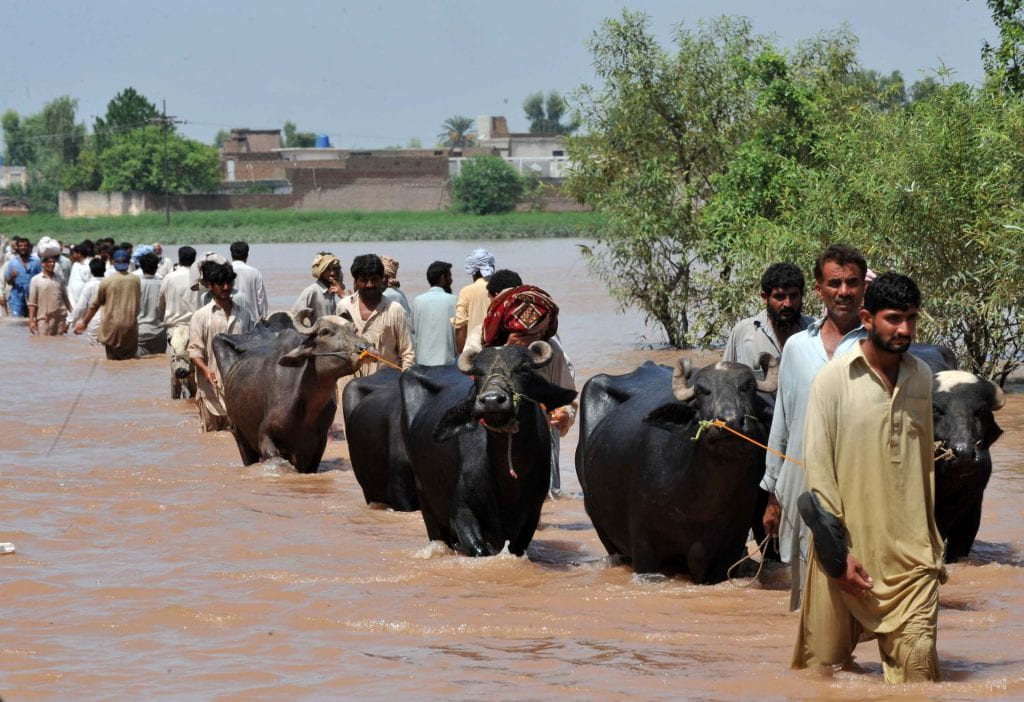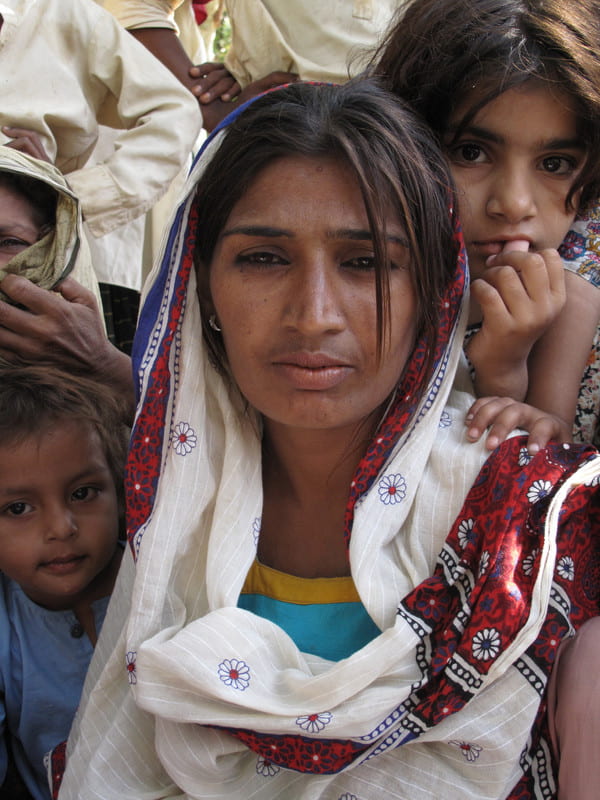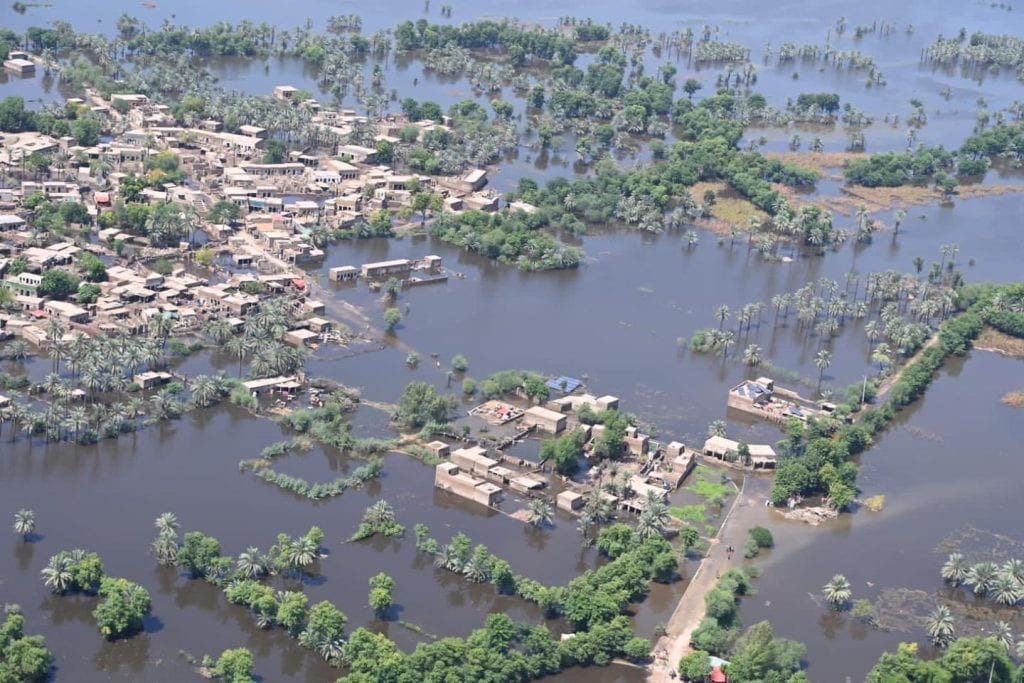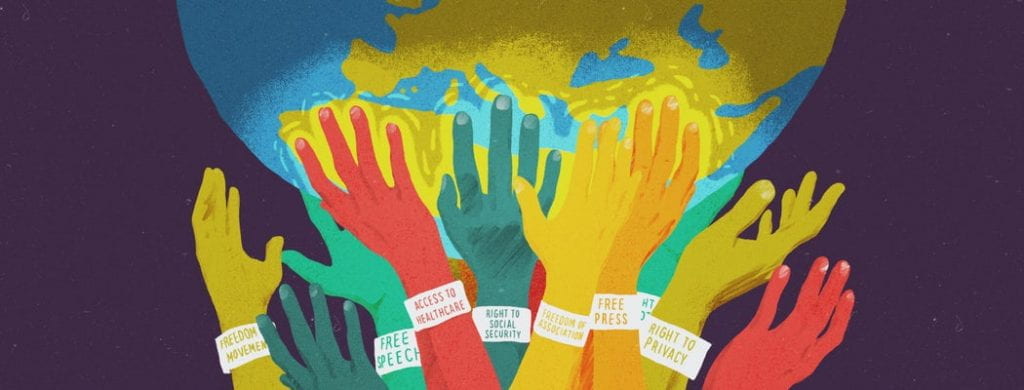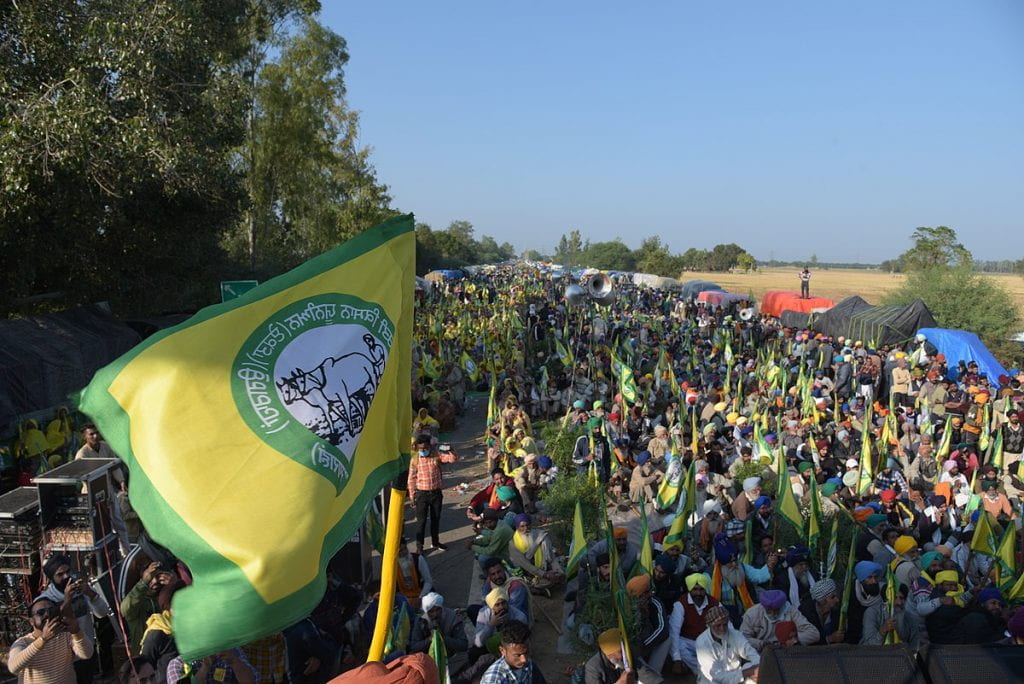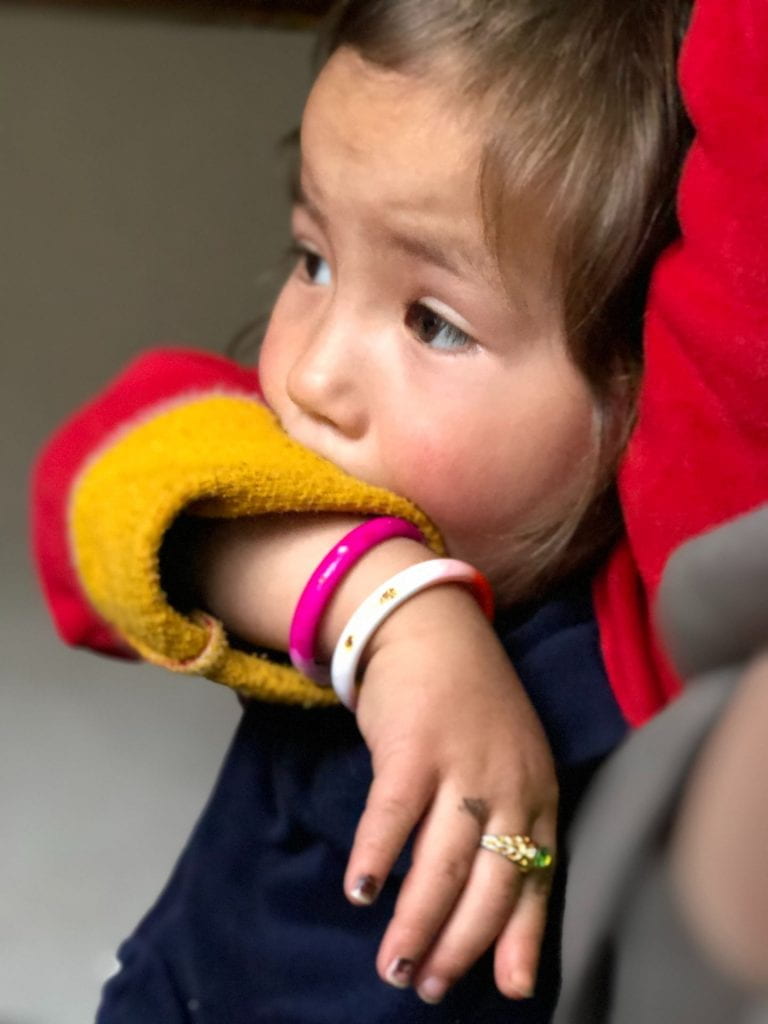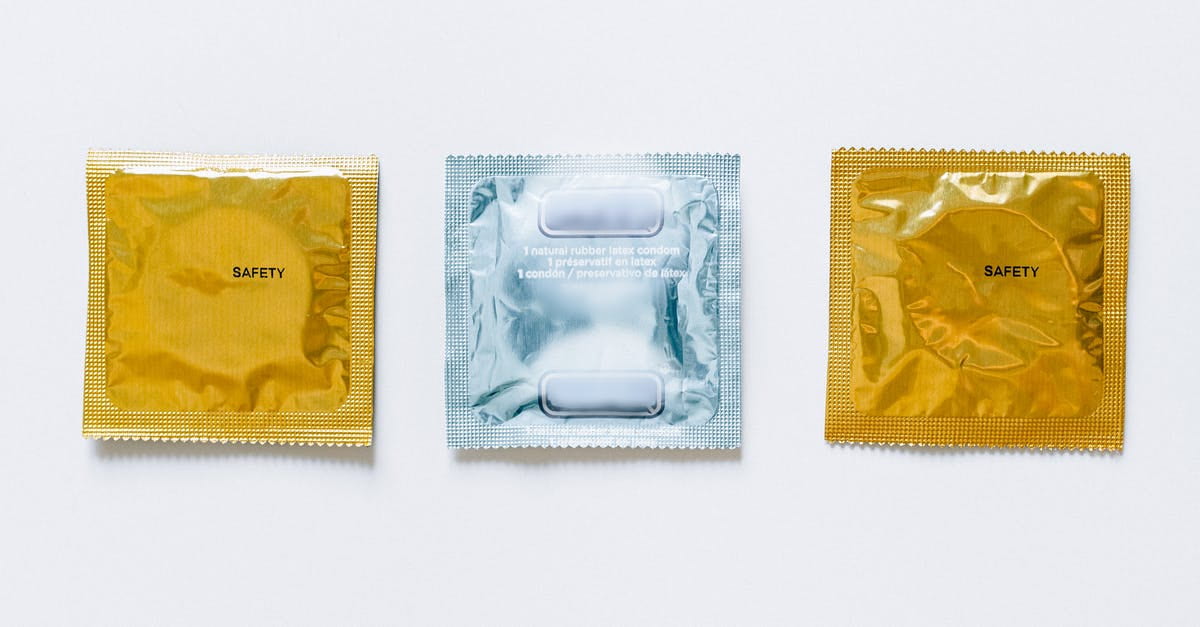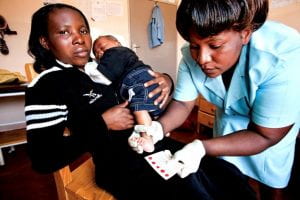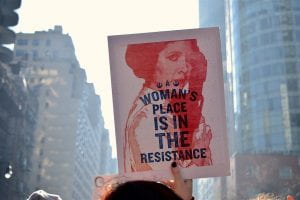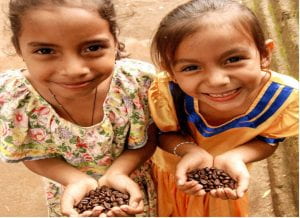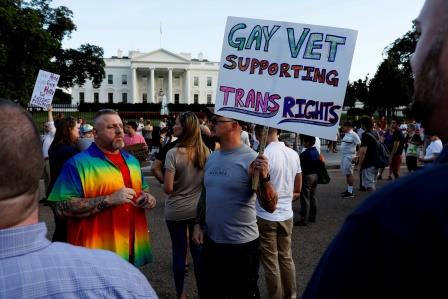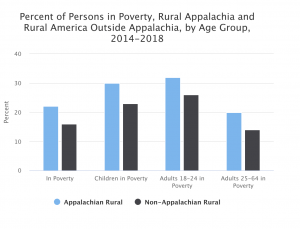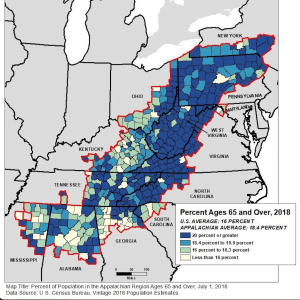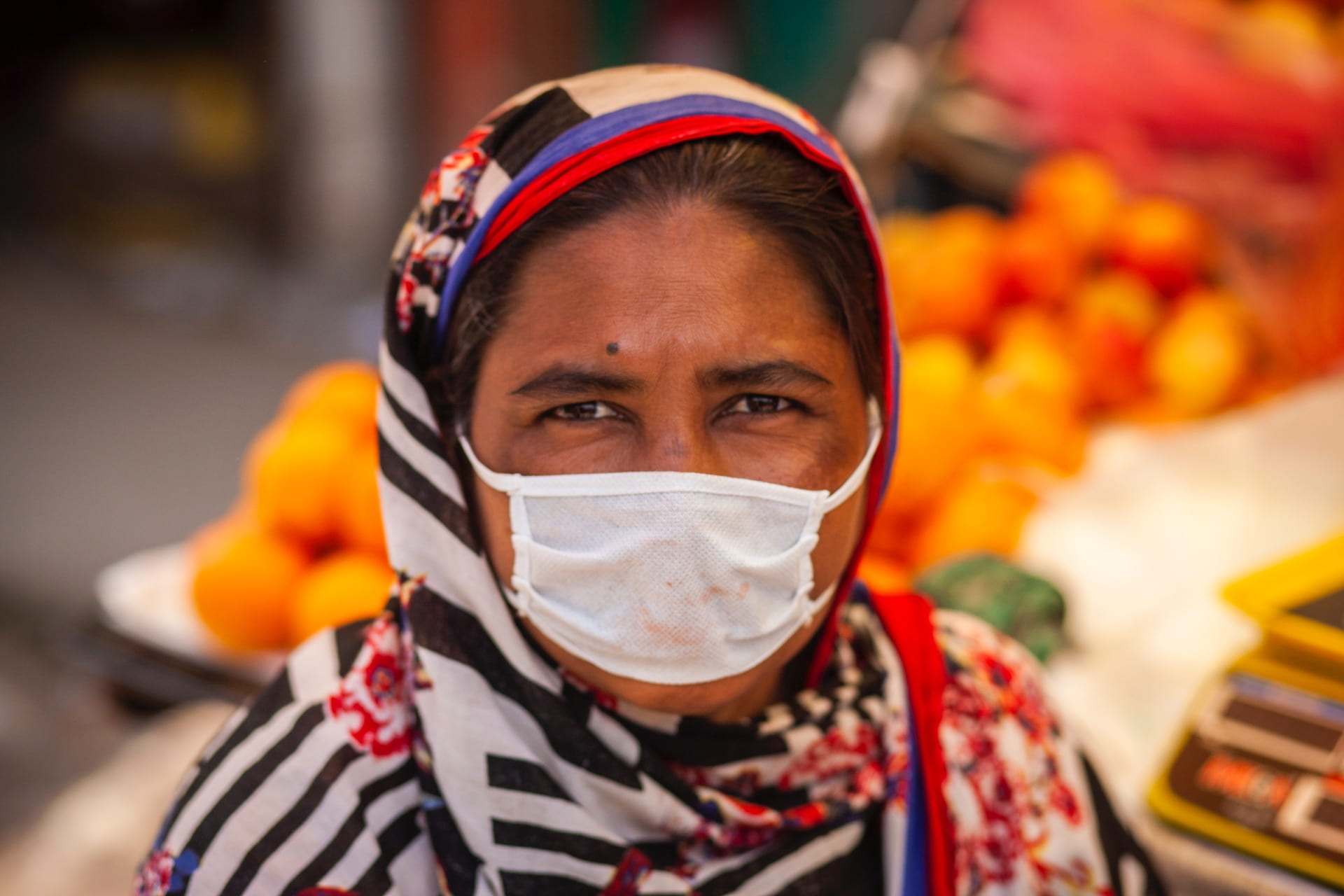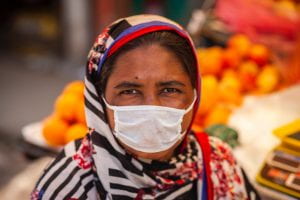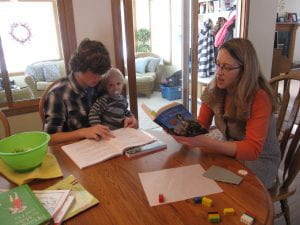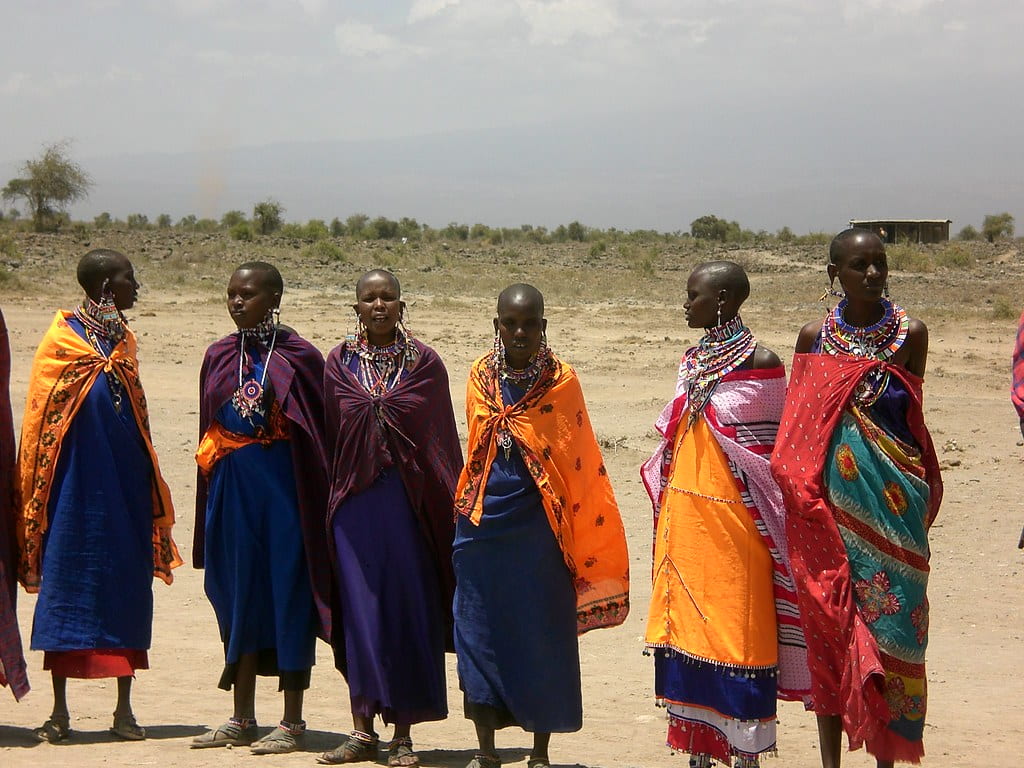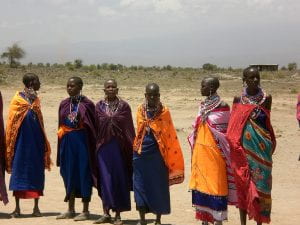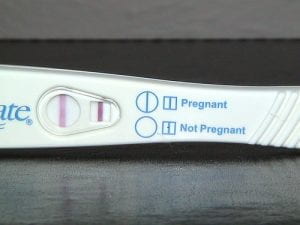
Monday, October 17th is the International Day for the Eradication of Poverty; in 2022 we have a lot to acknowledge and a lot of work to be done. The theme for this day of commemoration is dignity, focused on how every human has the right to live with pride for themselves and respect from others. The first line of the Preamble for the Universal Declaration of Human Rights (UDHR) emphasizes the importance of how the “…recognition of the inherent dignity and of the equal and inalienable rights of all members of the human family is the foundation of freedom, justice and peace in the world,” and that is precisely the ideology behind the founding of this human rights holiday. But why, exactly, is poverty an international human rights issue?
History
Global poverty is defined as “lacking enough resources to provide the necessities of life—food, clean water, shelter and clothing. But in today’s world, that can be extended to include access to health care, education and even transportation.”
This international day of recognition was adopted by the United Nations in December of 1992 to recognize the structures that cause poverty, to listen to and amplify the needs and desires of impoverished persons, and to place a specific focus on how the international community and global leaders can work to solve this persistent social problem. October 17th was chosen to observe this topic because on this day in 1987 a crowd of over a hundred thousand protesters gathered in the Trocadero Plaza of Paris, France to honor the victims of extreme hunger and poverty. In commemoration, a stone was placed in the Plaza, now renamed the Plaza for Human Rights and Liberties, engraved with the following message from Father Joseph Wresinski, “Wherever men and women are condemned to live in extreme poverty, human rights are violated. To come together to ensure that these rights be respected is our solemn duty”.
The right to live free of poverty is not listed in the UDHR, but our current understanding of poverty constituting a violation of human rights has been developing since before the UDHR was proclaimed by the United Nations General Assembly in 1948. This is because living in extreme poverty is almost always accompanied with a loss of essential human rights that were explicitly enumerated in the UDHR, like the right to health, safe food and water and the right to adequate housing as illustrated in Articles 25 of the UDHR and the Human Right to Water and Sanitation. Even in developed and wealthy nations, citizens living in poverty experience obstacles in their ability to access the right to education, work, and political participation named in Articles 21, 23, and 16 of the UDHR.
While persons living in poverty are often denied many, if not all of those fundamental human rights listed above, this holiday gets its theme from Article One of the UDHR, from which this holiday gets its theme: “All human beings are born free and equal in dignity and rights. They are endowed with reason and conscience and should act towards one another in a spirit of brotherhood.” Those in poverty often lose this right as limited access to the essential requirements of a quality life places them in a position where they rely on the aid of others, who often treat the impoverished as less than equals. They are patronized and degraded in their daily lives, and the social response to an impoverished person exercising their agency to decline charity is typically one of rebuke.

The Current State of Poverty
Global poverty rates have increased since the beginning of the Pandemic in 2020, and World Bank estimates that we have been set back 3-4 years on our path to ending extreme poverty as of October 2021. In addition to climbing unemployment and poverty rates is the leap in inflation, which has climbed globally as supply chains stretch thin. The Pew Research Center has found that the global middle class shrank while the global poor increased as the pandemic progressed, disrupting the progress of developed nations around the world, particularly in Asia and the Middle East.
These economic impacts affect more than immediate financial conditions of those involved. One side-effect has been a loss in education; as the United States and other wealthy countries moved online in response to the pandemic, other nations (particularly in the Global South) had to close schools entirely. Human Rights Watch has noted that, for millions of school-aged children, the pandemic effectively ended their formal education as alternative school options were few and the need for work and additional income rose. The International economic recovery will be challenging, and may take years to accomplish, but it is paramount that we keep the most vulnerable, both their dignity and agency, in mind as we navigate our collective path forward.
International Human Rights holidays are often overlooked due to their focus on what are often perceived to be niche categories outside of major religious or cultural practices. However, observing human rights holidays is a practice that allows for shared positivity and encouragement as we mark progress and victories in the field. They also provide days of unity to focus on pervasive issues that still need attention and work. On this holiday, join me in taking the time to think about how poverty affects your community, how your community has responded, and how it can alter that response to alter the quality of life for its impoverished population.
